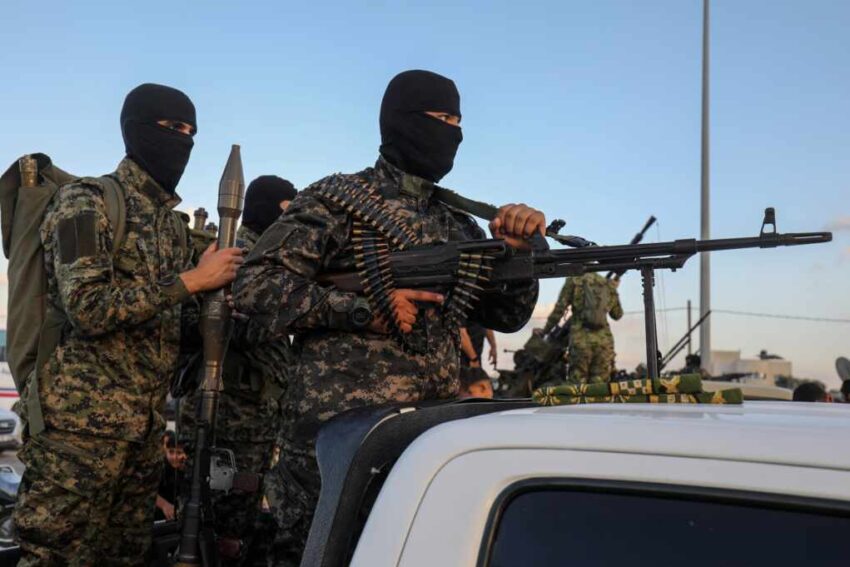Hamas has agreed to a proposed 60-day cease-fire framework backed by the U.S., Egypt, and Qatar, in exchange for a phased hostage release and political assurances aimed at ending the war.
At a Glance
- Hamas has accepted a U.S.-backed 60-day cease-fire proposal
- The deal includes a hostage swap and Israeli troop withdrawal
- Washington will guarantee talks to end the war follow the truce
- Israel has shown conditional acceptance of the framework
- Humanitarian aid and UN access are central to the plan
Hostage Swap Triggers Diplomatic Shift
A potentially historic 60-day cease-fire deal has emerged from the Gaza conflict, with Hamas signaling agreement under key conditions. The agreement, brokered by U.S. envoy Steven Witkoff and coordinated with Egypt and Qatar, hinges on Hamas releasing ten live hostages and up to twenty bodies in exchange for a broader release of Palestinian prisoners from Israeli jails.
The U.S. has pledged political and diplomatic assurances to ensure that cease-fire talks evolve into long-term negotiations toward ending the war. In return, Israel would begin a phased military withdrawal from Gaza, halt aerial strikes, and allow extensive humanitarian relief access overseen by the UN and the Palestinian Red Crescent.
Watch a report: U.S.-Backed Cease-Fire Deal Nears Breakthrough
https://apnews.com/video/gaza-ceasefire-hostage-swap-us-guarantees-0325abfe44bb46e38c3f78f8d9a1cc7b
War Exit or Tactical Pause?
Hamas described its posture as one of “positive spirit,” emphasizing a readiness to enter “immediate negotiations” on full implementation. Still, the group is pressing for additional guarantees—a permanent cease-fire, full Israeli troop withdrawal, and a roadmap for rebuilding Gaza.
Israel has not publicly committed but reportedly indicated conditional support, particularly if initial hostage releases go smoothly. President Biden, under mounting pressure to shift from military backing to diplomatic leadership, expressed confidence that talks could culminate in a formal announcement within days.
Meanwhile, the humanitarian toll continues to rise. After 21 months of intense conflict, over 57,000 Palestinians and 1,200 Israelis have been killed, with vast areas of Gaza uninhabitable and aid access severely constrained.
Stakes for U.S. and Region
This cease-fire effort marks Washington’s most serious diplomatic intervention since the war’s inception. Biden’s endorsement of the plan includes pledging ongoing U.S. involvement as a guarantor, a move aimed at defusing tensions both regionally and domestically.
Negotiators must now lock in technical details: confirming the list of hostages, setting timelines for phased releases, finalizing Israeli military drawdown zones, and coordinating aid logistics. Analysts warn that the next 72 hours will be pivotal—not just for Gaza, but for Washington’s credibility in mediating Middle East peace.
If successful, the agreement could reset a deeply fractured region. If it fails, it risks reigniting one of the deadliest chapters in modern Middle Eastern history.
Click this link for the original source of this article.
Author: Editor
This content is courtesy of, and owned and copyrighted by, https://thecongressionalinsider.com and its author. This content is made available by use of the public RSS feed offered by the host site and is used for educational purposes only. If you are the author or represent the host site and would like this content removed now and in the future, please contact USSANews.com using the email address in the Contact page found in the website menu.








